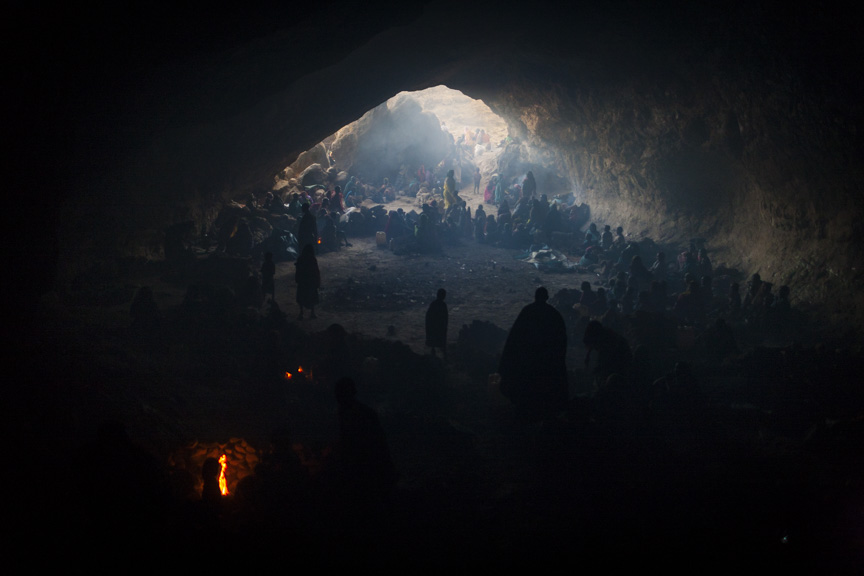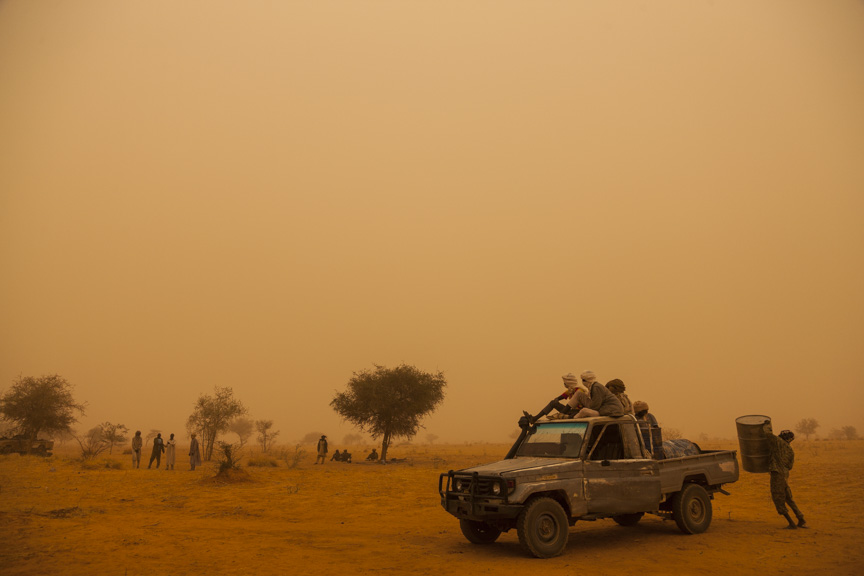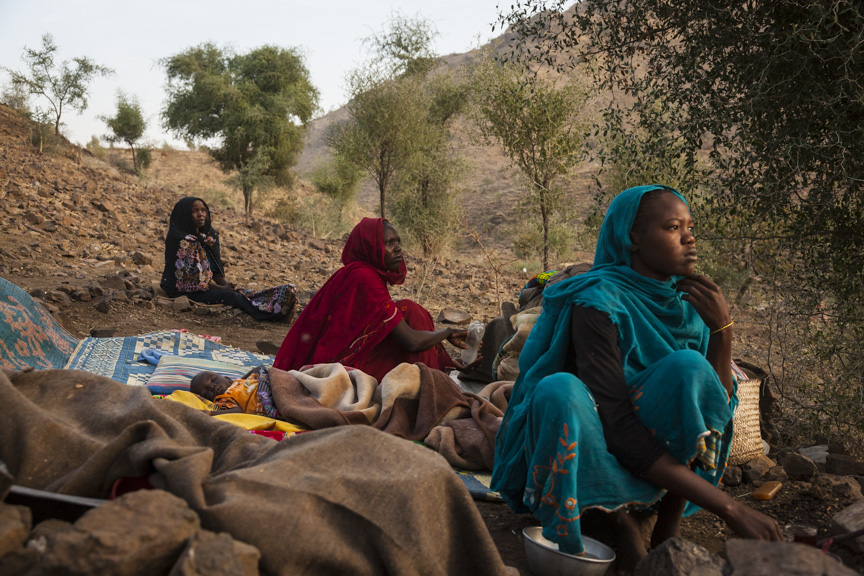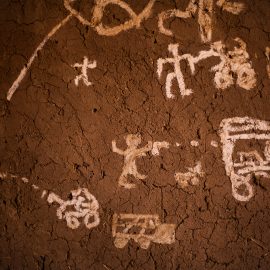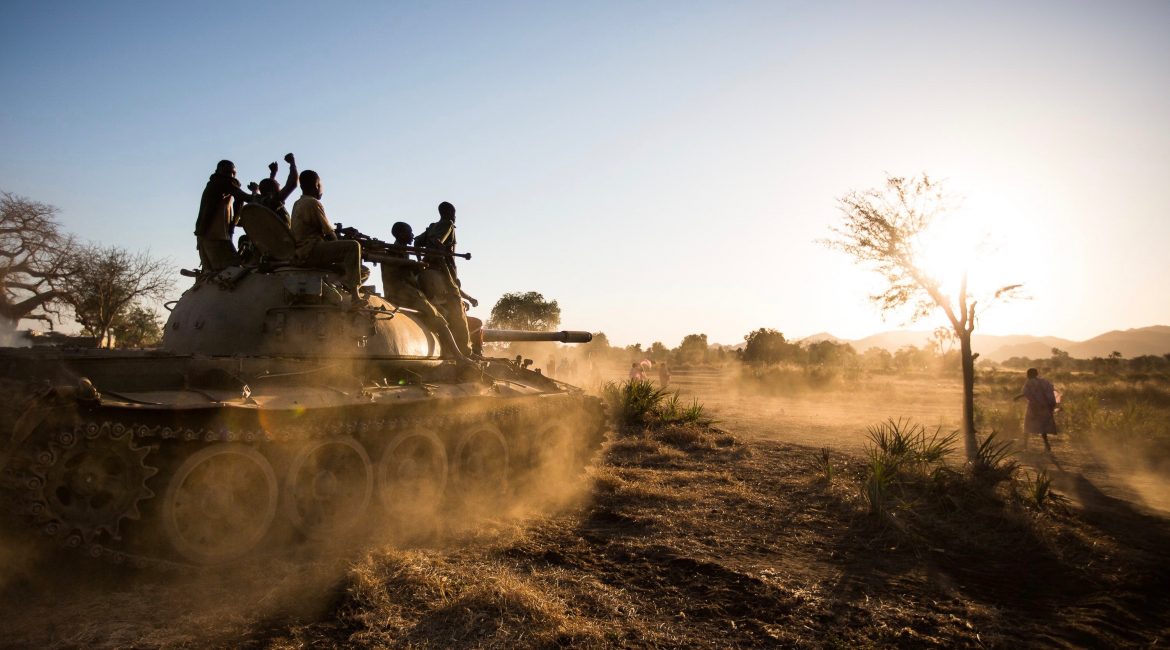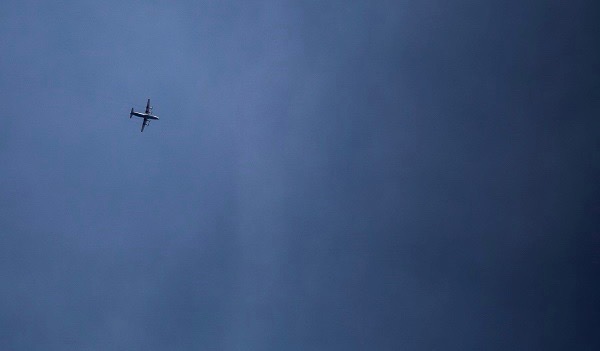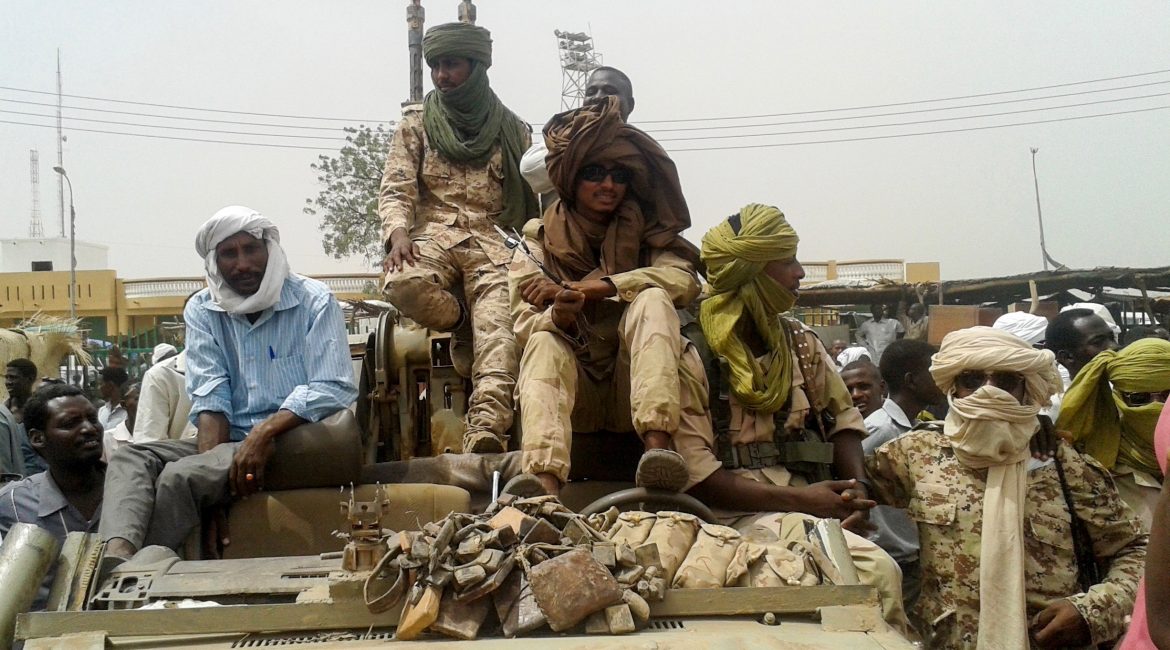Adriane Ohanesian managed to travel last year to the rebel-controlled Jebel Marra area of Darfur, Sudan. It was one of the only, if not the only, time a foreign journalist has accessed these parts of the war zone.
Last week, one of the photos Ohanesian shot on her trip received international attention: The image, The Forgotten Mountains of Sudan, shows a 7-year-old boy who was burned by a bomb. It won the second prize singles in the prestigious World Press Photo’s contemporary issues category.
The award, Ohanesian said, is part of a promise she made to the people she met in Darfur.
The New York-born photographer, who has worked in Africa since 2010, took time to talk with Nuba Reports about accessing Darfur and what she saw inside.
—————————————————————–
How did you, as an international journalist, access Darfur?
It is nearly impossible to access Darfur. It took over two years of speaking with people and trying to make the right connections. At the end of the day, the most important aspect of planning the expedition was to make sure that it was safe and that we had a secure route into and back out of the rebel-controlled areas in the mountains. From the very beginning I was working side-by-side with Klaas van Dijken, a Dutch journalist, whose persistence made this trip possible.
I think that what we did last year would be impossible now. In the last month or so the fighting between the government and the rebels has intensified, and the bombing has been overwhelming. From what I understand, beginning in January, the mountains are now surrounded by government forces, so accessing the mountains again would be extremely difficult and dangerous.
How long were you there?
We were inside Darfur for about two weeks, but a lot of that time was spent getting to and from the mountains and skirting around government-controlled areas. It is difficult to find a safe pathway in and out, and also requires walking for about two or three 10 to 12-hour days into the mountains. Cars can’t access this area so we walked and took donkeys through the night.
How did you facilitate access to Jebel Marra, the heart of Darfur’s conflict?
One of the only reasons that we were able to do the work that we did is the fact that we were in rebel-controlled territory. All of the photos were taken outside the government-controlled areas. I think is important to recognize that none of the government-controlled areas are accessible.
Why do you say that? How so?
The government is extremely controlling. They’re not just banning journalists from Darfur, but they’re also denying access to the UN and NGOs—really anyone who can bring information out about what is happening on the ground. There’s literally no one operating in the rebel-controlled areas.
That’s one of the reasons why we don’t hear much from Darfur. I don’t think there’s a lack of interest but it’s very hard to see what’s happening when people aren’t allowed in these areas, and that’s been a government strategy for a long time.
What is the situation for civilians in the rebel-controlled area of Darfur where you traveled? Are they severely lacking food, water, and medical care?
One of the questions that keeps coming up about the World Press Photo award: ‘Did Adam get treated for his burns? Are there any organizations there?’ The answer is no, there is nothing there. There are no hospitals. There’s no medical treatment. If you wanted to bring in medical supplies, the government has blocked the roads. People are struggling to grow food and collect water. If the government is bombing and destroying the only water sources, how are people supposed to live?
You mentioned you had to walk 10-12 hours a day some days. Was there fighting around you? Were you afraid of being caught by government forces?
When we were there the situation was somewhat quiet in terms fighting and government bombing. We were up in the mountains with the rebels looking down onto government-controlled areas. We were in areas where you could see that there had been fighting in mountains; the grass was burnt, and there was severe destruction to villages from burning and bombing. There were often shells and shrapnel scattered throughout the villages. We were in areas where the government had come up into the mountains and attacked the villages, so there were bodies strewn around the mountain. We did see Antonov planes circling overhead, which often bomb the mountains.
There was a point when we were actually on top of a mountain looking through binoculars across a valley at government tents and soldiers. We were quite close to government areas, luckily without being threatened by fighting or caught.
Bodies were strewn around the area you were walking?
We were able to access a couple of villages that had been attacked by government forces—houses were completely burnt, looted, and destroyed. There were signs of shelling, there were bullets all over the ground, and there were bodies of government soldiers all around the mountainside.
The UN estimates there are now more than 90,000 displaced in Darfur just from the last few months’ fighting. Did you see displacement when you were there?
There are no organizations in the area, so many of the people have fled to the mountains. One morning we woke up at 3 and hiked up in the dark to a cave so that I could be there when people woke up. I spent the morning photographing and speaking with people while Klaas recorded video interviews. There were a couple of hundred people living in that one cave, but the caves seemed to go on forever. Thousands of people are hiding in caves to escape from bombings, or they had fled their villages after they had been attacked or destroyed in the fighting.
What did you find?
There were so many rape victims, both women and girls—too many to count – we didn’t have time to speak to them all. Most of them had been gang-raped by government forces or allied militias, known as Janjaweed. The women and girls that we talked to had been in government-controlled towns and then had fled to the mountains.
What was difficult about the trip to Darfur?
You’re seeing people whose lives have been destroyed, whose families have been killed, or family members disappeared, or young girls who have been gang-raped.
I also knew that this may be the only time that we are able to access the area. The combination of being physically exhausted and, on the other hand, putting this pressure on myself of doing the best that I possibly could while I was there was tough.
It was also very hard to explain to people why this was still going on and why no one had stopped these atrocities from happening to their families and their communities. People would ask, “What’s happening, why hasn’t this stopped?” And that’s a difficult thing to confront as an outsider, as one of the few who’s ever been to this place; you get these questions that seem to be targeted at the entire world.
How can you really respond to that?
I made promises to people while I was there, telling them that the only thing I could do as a photographer, was that I could promise that I would do everything within in my power to get the information and images out. I just hope that that’s happening and people are paying attention.
So how has the photo been received publicly since you received the World Press Photo Award?
It means a lot to me to see the attention brought back to this story, that’s why I went to Darfur in the first place. That’s the point of this work—to get people to recognize that this is still going on and that even this last month has been absolute hell for the people in Darfur.
It was important to me, not just the photograph itself, that single frame, but the recognition of the fact that we were able to get to these areas of Darfur. That means a lot because it was probably one of the hardest things I’ve ever done. Media is often blamed for not getting stories out but I want to stress that it’s not the lack of media interest in this topic. The government of Sudan intentionally makes it nearly impossible to report on Darfur.


